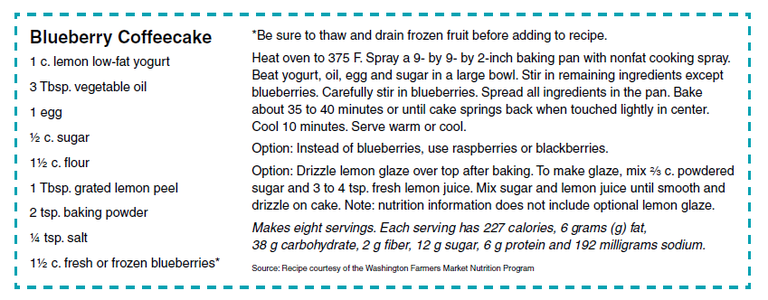1. Check the shelf tag.
– The shelf tag usually shows the total price and price per unit (price per ounce, pound, quart, etc.) of each product. This can be used as a quick reference while shopping.
2. Know how to calculate the unit price.
– Item price ÷ item size = unit price
– Example:
• Item price: $2.99
• Item size: 12 oz.
• Unit price: $2.99 ÷ 12 oz. = $0.249 per ounce
3. Compare different forms of the same product.
– Items can be found in many different forms, such as fresh, frozen, dried and canned. Save money by purchasing the least expensive form.
4. Compare different sizes and brands for price and quality.
– Larger-size packages of food are often a better deal, as long as they have the lowest unit price and all of the food is used before its quality decreases. Name brands usually are more expensive than store brands. Try a less expensive option and compare it to your usual brand.
5. Read and compare Nutrition Facts labels.
– Compare calories, fat, protein, sodium and other nutrients so you know what you are purchasing. Which is the better nutritional bargain?
6. Remember coupons.
– Using coupons can reduce the price even more. Sometimes coupons can decrease the price of name-brand products to the price of store-brand products. Be sure to do the math.


